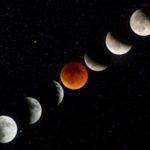A solar eclipse is a rare and fascinating phenomenon often associated with mythical and fantastical stories. But what is the truth behind this event? Let’s find out!
1 What is a Partial Solar Eclipse?
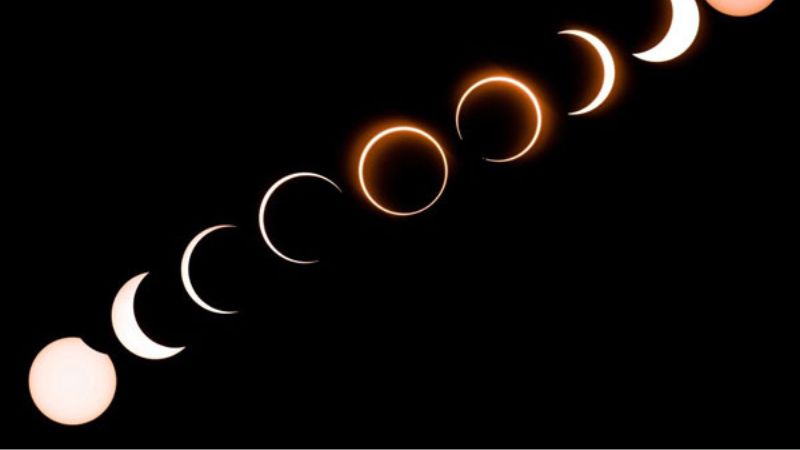 Total and Partial Solar Eclipse
Total and Partial Solar Eclipse
A solar eclipse occurs during the day when the Earth, Moon, and Sun align in a straight line. The Moon comes between the Earth and the Sun, casting a shadow on the Earth and darkening the sky for a few minutes.
However, because the orbits of the Earth, Moon, and Sun are not perfectly aligned, it is rare for the Moon to completely block out the Sun, resulting in a total solar eclipse. When the Moon only partially blocks the Sun, it is called a partial solar eclipse.
For further reference:
2 When does a Partial Solar Eclipse Occur?
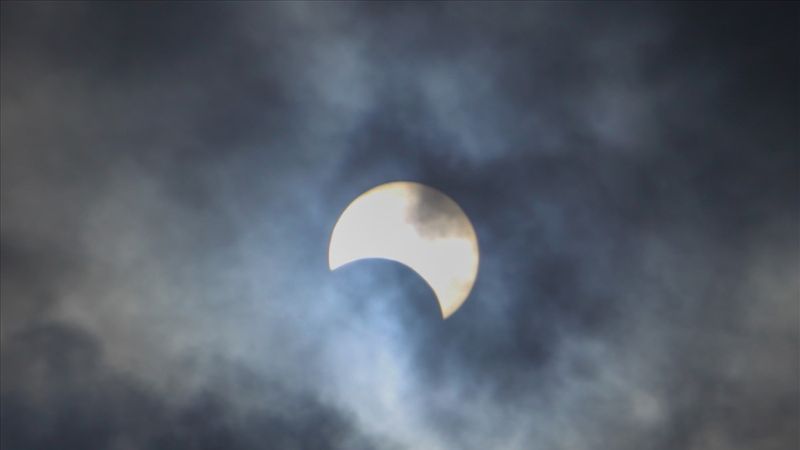 Partial Solar Eclipse forming a crescent shape
Partial Solar Eclipse forming a crescent shape
Partial solar eclipses occur approximately two to four times a year. In the coming months, from now until the end of 2023, there will be three solar eclipses on the following dates: October 25, 2022, April 20, 2023, and October 20, 2023.
Specifically, the partial solar eclipse on October 25, 2022, will be visible from Europe, the Ural and West Siberia regions, the Middle East, Western Asia, and Northeast Africa. The eclipse path will not include Southeast Asia, so there will be no opportunity for people in Vietnam to observe it during the last quarter of 2022.
The partial solar eclipse on April 20, 2023, will be visible from Antarctica, Australia, South Asia, and East Asia. Provinces in the southern and central regions of Vietnam will be favorably positioned to witness this fascinating phenomenon, while provinces from Ha Tinh province northward will have to wait for subsequent eclipses.
The partial solar eclipse on October 14, 2023, will only be visible from the Americas and the Pacific region, making it inaccessible for observation from Vietnam.
3 Does a Partial Solar Eclipse Affect the Earth?
 Partial Solar Eclipse has no impact on the Earth
Partial Solar Eclipse has no impact on the Earth
A partial solar eclipse is a natural phenomenon that has been scientifically explained and does not affect the Earth’s orbit or cause any other abnormal impact.
However, it is important to take precautions when observing a solar eclipse to protect your eyes from the Sun’s radiation.
4 How to Safely View a Partial Solar Eclipse
Viewing a solar eclipse means looking directly at the Sun, which can be dangerous for your eyes as the Sun’s radiation can cause temporary or even permanent blindness.
To safely observe a partial solar eclipse, use specialized eclipse viewing glasses or a telescope equipped with a special light filter, and choose a location with a clear view, free from obstruction by trees or other objects.
5 Frequently Asked Questions about Partial Solar Eclipses
 Partial Solar Eclipse
Partial Solar Eclipse
How is a total solar eclipse different from a partial solar eclipse?
Total solar eclipses are rarer than partial solar eclipses. During a total solar eclipse, the Moon and the Sun are aligned in such a way that the Moon completely blocks out the Sun, resulting in a brief period of darkness.
How often does a partial solar eclipse occur?
Partial solar eclipses occur at least once a year, in different locations around the world.
6 Beautiful Images of Partial Solar Eclipses
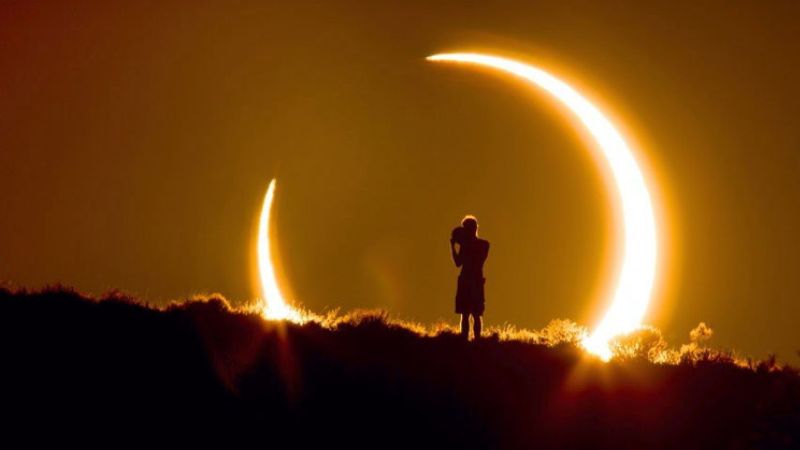 A boy witnessing a partial solar eclipse
A boy witnessing a partial solar eclipse
 Partial solar eclipse in a rural setting
Partial solar eclipse in a rural setting
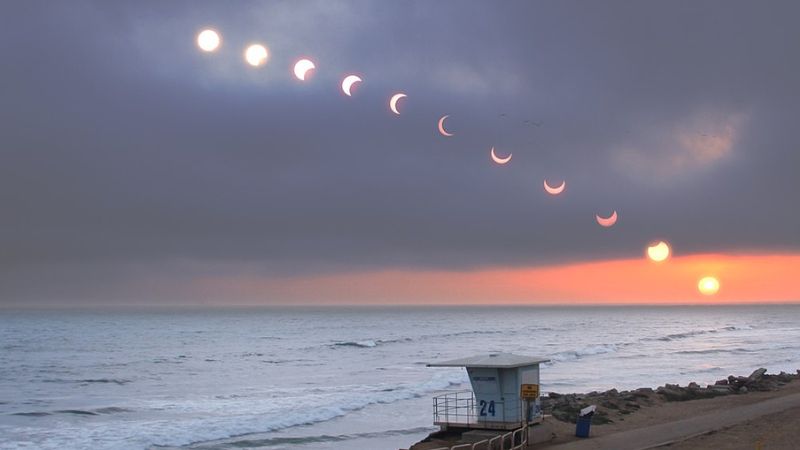 Partial solar eclipse over the sea
Partial solar eclipse over the sea
We hope that through this article, we have provided you with interesting insights into partial solar eclipses. Let’s look forward to the upcoming eclipse events!
What is a Total Solar Eclipse and When Does it Happen?
A solar eclipse is a captivating phenomenon where the Moon aligns perfectly between the Sun and the Earth, casting a shadow on the Earth and temporarily blocking the Sun’s light. The most recent total solar eclipse, which occurred on April 20, 2023, offered a breathtaking spectacle as the Moon fully obscured the Sun, treating viewers to a brief yet awe-inspiring moment of darkness during the day.

























